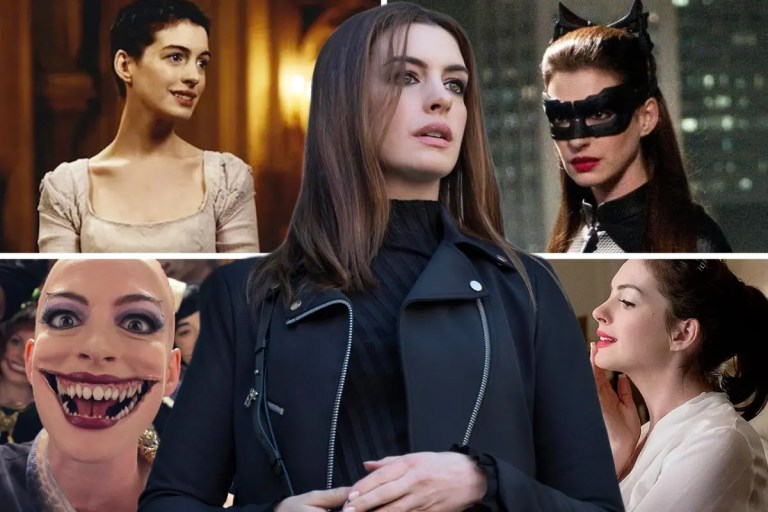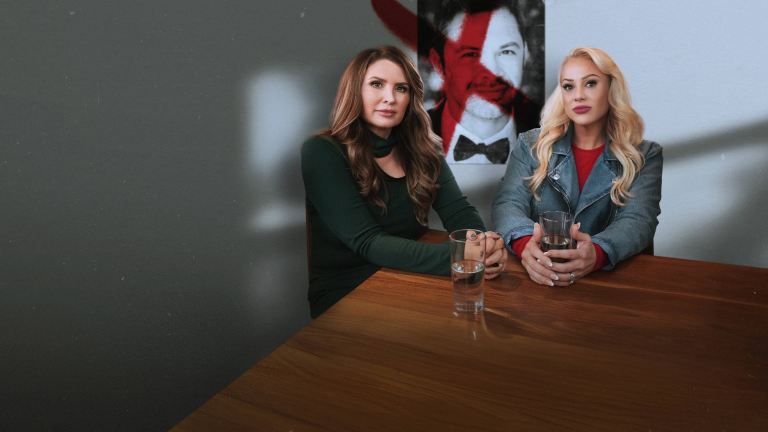
Romanticizing Red Flags: How TV And Movies Taught A Generation That Obsession Was Love
There’s a moment in nearly every teen drama or supernatural romance where the camera lingers a little too long on his smoldering stare.
He’s dangerous. He’s emotionally unavailable. He might actually kill her. But somehow, we were sold on the idea that this was the dream. The pinnacle of romance and desire. For so many of us who grew up devouring these stories, that kind of love, consuming, chaotic, and emotionally draining, wasn’t just entertainment. It was aspiration.
When we were younger, we didn’t have the language for emotional unavailability, codependency, or trauma bonding. What we had were love stories framed in brooding silences and dreamy kisses. We didn’t recognize manipulation because it came wrapped in “I’d die for you” declarations. We didn’t question obsession because of how it was framed. But if you peel back the layers of the stories we were raised on, what you find is a carefully curated illusion that equates being consumed with being loved.
The Allure of Being Chosen by the Dangerous One
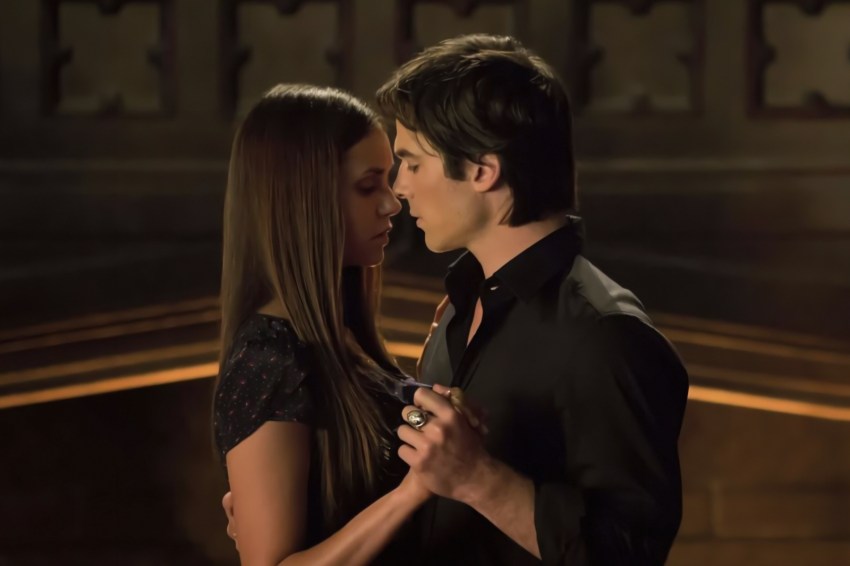
Let’s start with the undead elephant in the room – the vampire. From Twilight to The Vampire Diaries, immortal creatures of the night have been turned into teenage dreamboats. But the fantasy wasn’t just that they were strong or beautiful or eternally youthful. The real seduction came from being the exception. The one girl he wouldn’t hurt. The one who could tame centuries of rage and hunger.
Edward Cullen doesn’t sleep. He watches Bella from her bedroom window. He decides where she goes, who she sees, and what’s “safe” for her. Damon Salvatore in The Vampire Diaries repeatedly hurts Elena emotionally and physically. Yet, we’re meant to swoon when he says, “I love you, Elena, and it’s because I love you that I can’t be selfish with you.” These are not casual red flags. These are screaming neon billboards. But back then, they were framed as the kind of love we should long for – obsessive, protective, and irrational. Because apparently, if it’s not dangerous, it’s not real.
The Soft Boys Who Still Hurt You
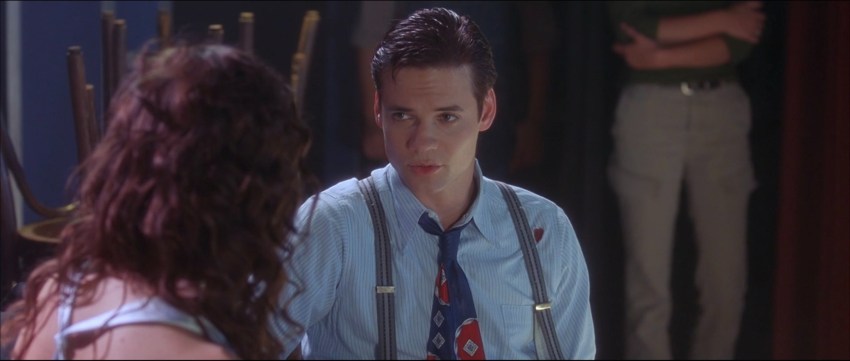
Then there were the soft boys. The broken ones. The bad boys who were only “bad” because they hadn’t met her yet. Cue Landon Carter in A Walk to Remember, a walking cliché of the emotionally stunted boy who finds redemption in a dying girl. We watched as Jamie Sullivan, with all her quiet grace and terminal illness, poured herself into healing him. She gave him God. A sense of purpose. A love story. And ultimately, her life.
This narrative is sneakier than the vampire trope because it doesn’t look like danger. It looks like salvation. But let’s be honest – these stories are still about women sacrificing their emotional safety for the sake of a man’s growth. We were taught that being the reason he changed was a badge of honor. That if you just love hard enough, you can fix him. And when that didn’t work in real life, we thought we had failed.
When Control Was Called Protection
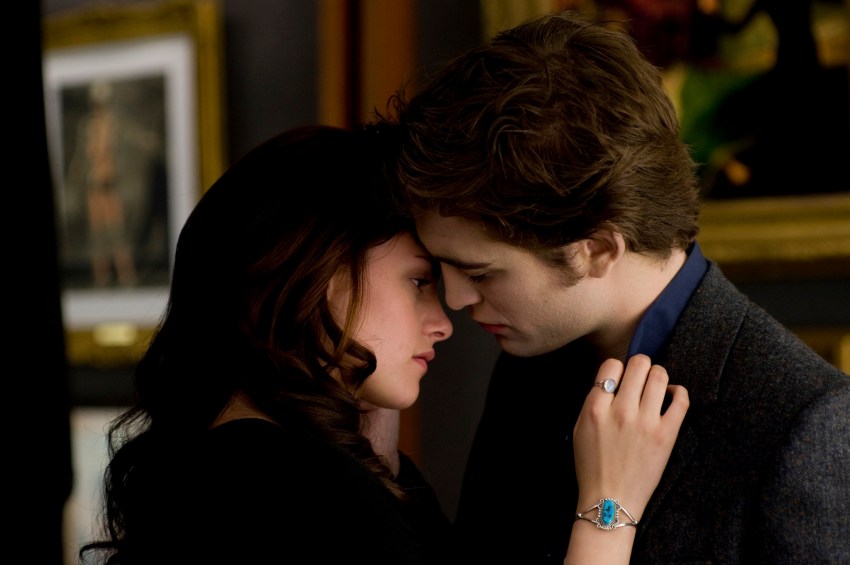
There’s a scene in almost every one of these stories where the male love interest does something wildly controlling, and it’s played like a romantic gesture. Edward disabling Bella’s car to keep her from visiting a friend. Damon compelling Elena’s memories. Even Landon making decisions for Jamie without asking.
The pattern is always the same – male dominance and female compliance – wrapped in a bow of “I just want to keep you safe.”
We saw it as protection instead of manipulation because the narrative told us love was supposed to feel like giving up your autonomy. Like letting someone else draw the lines of your world. These weren’t portrayed as red flags. They were acts of devotion. And somewhere in the back of our minds, a seed was planted that said maybe being overpowered is just part of being loved.
The Cost of Being “The Special One”
There’s also a sinister kind of glorification in being “the one.” The one who makes him feel human again. The one he’d give up eternity for. But what happens to that “one” in these stories? She suffers. She bends. She breaks. Bella Swan isolates herself from her friends, jumps off cliffs, and literally dies. Elena Gilbert becomes a pawn in supernatural wars, her own needs constantly sacrificed.
Jamie Sullivan exists to inspire, not to be known. These women are constantly put through emotional trials like ghosts, death, abandonment, and betrayal, only to prove their love is epic enough to survive it. But why must love always be tested by trauma? Why must worthiness be earned through female suffering?
Rewriting the Narrative in the Age of Therapy Speak
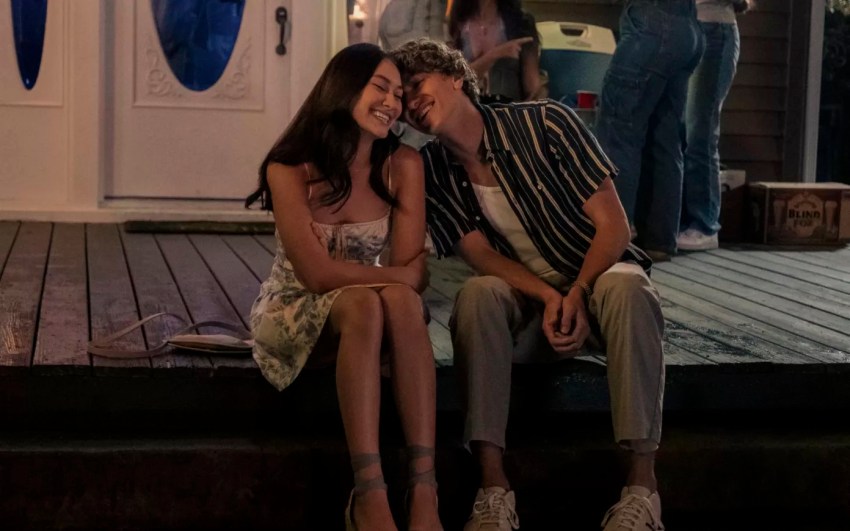
Thankfully, the conversation is shifting. Shows like Normal People, Heartstopper, and even The Summer I Turned Pretty are starting to explore the complexities of love without idealizing pain. Therapy-speak has entered the chat where boundaries, emotional regulation, and attachment styles exist. And audiences are learning to rewatch their favorite stories through a different lens.
That’s not to say these newer shows are flawless. Some still dip into romanticizing dysfunction, but they do so with more awareness. We’re starting to see love that includes mutual respect, healthy communication, and (dare I say) peace. And maybe that’s the radical act. Love that doesn’t burn. And love that doesn’t demand you bleed for it.
